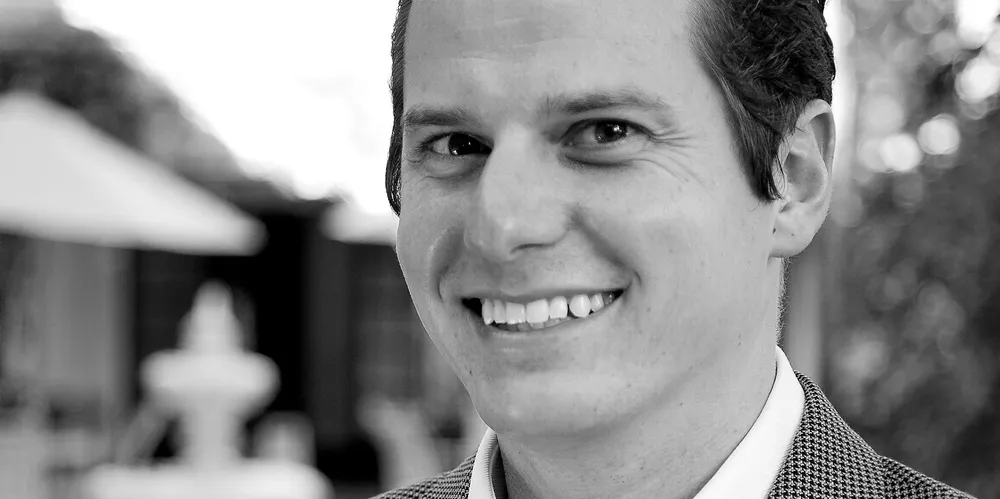'China's wind turbines are bigger than ever – but they're no more financeable in the West'
The race for ever larger machines misses the fact that size is no guarantee of quality, which matters to those funding and insuring projects, writes Philip Totaro
